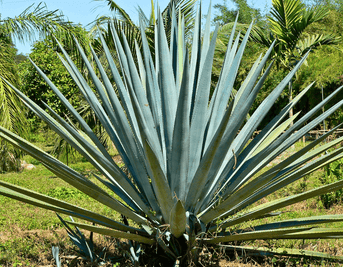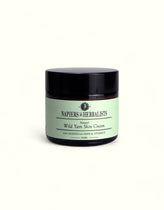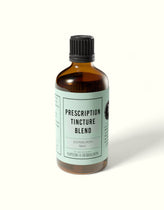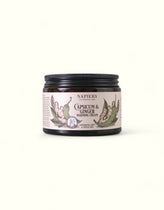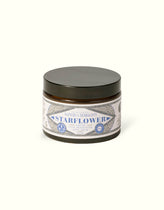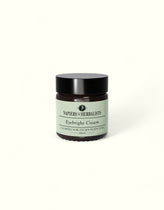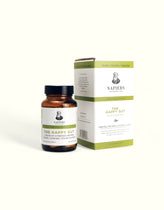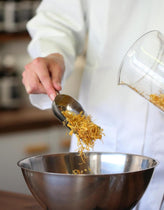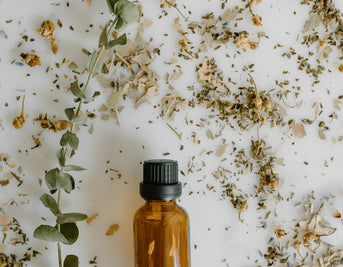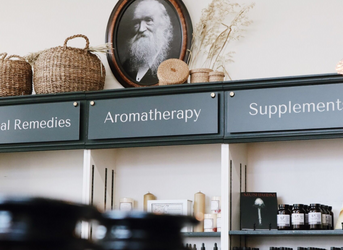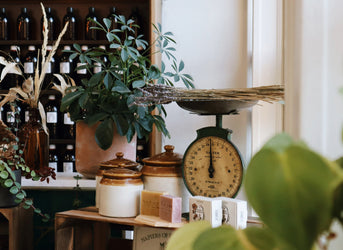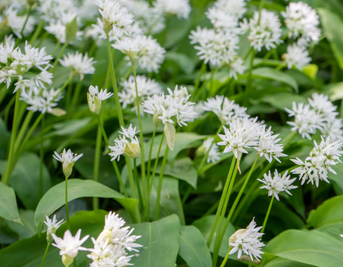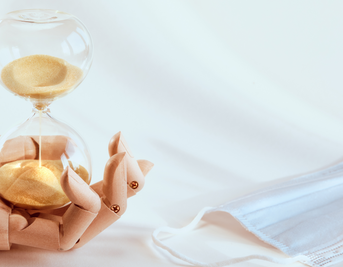Fungal Nail Infection
Fungal nail is a unsightly condition which can be difficult to treat. It is called Onychomycosis. Many patients become very conscious about a fungus nail condition and refuse to wear sandals and have their feet seen in public. The condition usually begins towards the far end of the nail and may start with patches of white or yellow discoloration. If the condition is left untreated, it will proceed to the base of the nail. It will attack the nail root (matrix) and cause the nail to grow very thick and deformed. The big toe is usually the first nail to be affected with the condition spreading to adjacent nails. In rare cases this condition can also affect the skin surrounding the nails.
Paronychia is a type of infection of the tissues surround the nail and nail bed. The skin directly surrounding the nail becomes infected. As there is very little space between the skin and nail bed when the region becomes swollen and inflamed, the infection results in great pain and pressure. Paronychia is often caused by candida, staph and strep infections.
What does it look like?
Initially, the nail may have white or yellow patches of discoloration. There may also be yellow horizontal streaks in the nail. Later on, the nail will grow thick, deformed, discoloured and have an unpleasant musty smell. The nail may become brittle and split or become crumbly. If the condition is left untreated for along period of time, the nail will become very brittle and the patient may experience episodes of total removal of the nail followed by re-growth.
However, psoriasis of the nails and thick nails caused due to injury can also deform nails.
Does it hurt?
The actual condition is not painful. However, if the nail becomes thick and deformed it may grow into the skin at an angle and become an ingrowing toe nail. In severe cases, inflammation may arise from an ingrowing toe nail which may result in a secondary infection and pressure from the nails against the shoes causes discomfort.
What causes it?
It is caused by microscopic organisms called Dermatophytes. Dermatophytes invade the deep nail bed, beneath the nail and live off the rich supply of keratin, the protein in the nail. Dermatophytes also cause ringworm and athlete’s foot.
What can I do?
Early diagnosis is the key to successful treatment. Visit your doctor, a qualified helathcare practitioner or chiropodist. Laboratory tests may be required to determine the type of fungus which has affected the nail. The nails should be kept trimmed very short to minimize discomfort.
What are the conventional chemical treatments?
Fungal infection of the skin & nails is difficult to cure and is a very persistent condition. This is because the infection begins deep within the nail bed, and getting medicine to this area is difficult. A few of the medications on the market like Lamisil may be effective in eradicating nail fungus but have potential of causing significant toxicity, including liver damage.
Are herbal or natural remedies effective?
Many plants have natural antifungal properties. For example: Neem tree, tea tree, red thyme, lemon oil. These properties help plants, particularly those native to the humid Tropics, protect themselves against fungal invasion and disease. These essential oils, help eliminate nail fungus with none of the dangerous side effects seen in conventional medications and they have been tested in medical labs and proven effective to kill fungus infections. Herbal preparations are best used as early as possible where their preventative qualities help to manage long term recurring infections. Customer testimonials do report effective and satisfactory treatment.
Can I get it on my fingernails as well as toe nails?
Yes. A number of factors increase the likelihood for the development of fingernail fungus. These factors include: A high sugar diet, skin or hand contact with noxious chemicals, using artificial nails, finger nail polish and decals, alcohol abuse and poor hygiene.
How do I prevent it?
Dry well between your toes after baths or showers. The feet are certainly more prone to fungal infections when they are warm and moist, so it seems to occur more frequently in people that wear artificial soles and especially trainers and sports shoes. It helps to spend time with bare feet when you can. Not changing your socks on a regular basis can also encourage the build up of fungi and try to wear socks made of natural fibres, especially cotton, avoiding nylon.
Dirty fingernails transmit infection, as microbes readily live under the nail bed. In particular, parasites tend to live under the nails, and from there they readily reintroduced into the body. Keep nails neatly trimmed with special attention paid to hand washing as well as general hygiene.
Will changing my diet help?
It can help some people to change their diet. This is worth considering especially if you have suffered from other fungal infections such as Candida, vaginitis or jock itch. Avoid bread and yeast products (including beer). Some people have found taking supplements to be helpful in boosting the immune system.
Acidophilus Take yogurt with live cultures or acidophilus capsules.
Beta Carotene 25,000 IU of beta carotene.
Garlic To boost the immune system and ward off fungal infections, take 6-8 capsules of garlic daily.
Vitamin B-complex Take tablets daily.
Vitamin C Take 500-3,000 mg of vitamin C in divided doses.
Vitamin D and E Take 400 IU each of vitamins D and E.
Zinc Take 15-50 mg of zinc. More than 15 mg of zinc should not be taken for more than a week or so without medical supervision as it may interfere with absorption of other minerals.
Why do I get it?
Some people seem more prone to fungal nail infections than others. People prone to Candida, thrush and other fungi may be more susceptible particularly after antibiotics and other treatments that destroy helpful bacteria. Antibiotics can compromise the immune system by killing the good bacteria with the bad, leaving the person susceptible to infection. Without the good bacteria, the intestines can't synthesize the B vitamins which help enhance the immune system. To remedy this situation, eat several servings of yogurt with live cultures daily and take a high dosage of the B vitamins to rebuild your flora and help fight infection. Older people, people who have diabetes, and people with poor circulation to the feet are particularly prone to this type of fungal infection.
Natural Treatment Suggestions
- Fungal Nail Oil can be used on hands or feet although it has a strong medicinal smell.
- Fungal Nail Oil can be used to treat fungal nail infections naturally. The oil must be applied twice a day and particularly after bathing. It should be used for at least six months, in some cases a year, until the nail has grown from the nail bed to the tip and completely renewed itself. This is to avoid later re-infection from residual fungus. It can help absorption to gently abrade the nail surface with an emery board or nail file before applying the oil.
- At the beginning of an infection a Fungal Foot Soak may help. Soak your feet for 15 minutes in a mild case but up to half an hour if infection is severe.
- Fungal Foot Soak can be used weekly if desired and will also help to treat any fungal infection of the surrounding skin.
- As with any treatment, test a small amount for 24 hours on a small patch of skin first, to check that you are not sensitive to or allergic to a particular ingredient.
Please note that this is general advice and not a treatment recommendation. Please ask your doctor or qualified health practitioner for diagnosis and advice.
